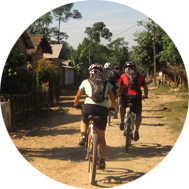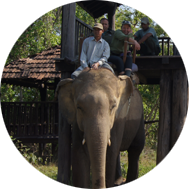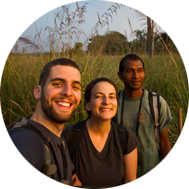Situated in the mid-far western Terai, bordered by the Karnali River, Bardia National Park covers 968 sq. km. It is 585 km from Kathmandu and is the largest and most undisturbed expanse of wilderness in southern Nepal, although it is also the least explored by tourists.
About 70% of the park is covered with sal jungle; the remaining 30% is a mixture of grassland, savannah and riverine forest. The park contains eight types of ecosystem. The park headquarters are situated at Thakurdwara (also the location of Forest Hideaway) and is surrounded by idyllic villages and fields inhabited by an indigenous ethnic group, the ‘Tharu’.
Originally a hunting reserve, Bardia became a conservation area in 1976 and then attained National Park status in 1988. Presently a plan is being considered to further expand the park both north and eastwards. Conservation is a strong theme within Bardia; the park as well providing a home habitat for many species also provides an ideal environment for the study of wildlife. The WWF and the Nature Conservation Trust are active in the park monitoring wildlife and breeding habitats. They have also implemented an educational scheme for local people highlighting the importance of, and need for conservation.








